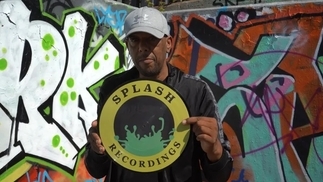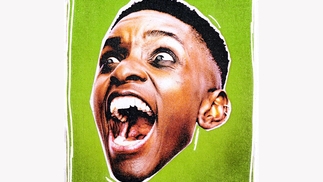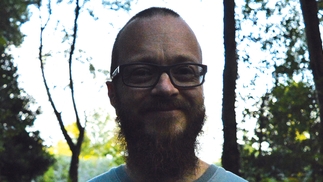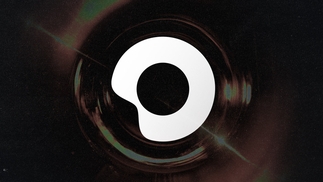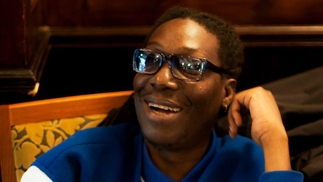BACK TO BREAKS!
The latest reworking of the dance music archive?
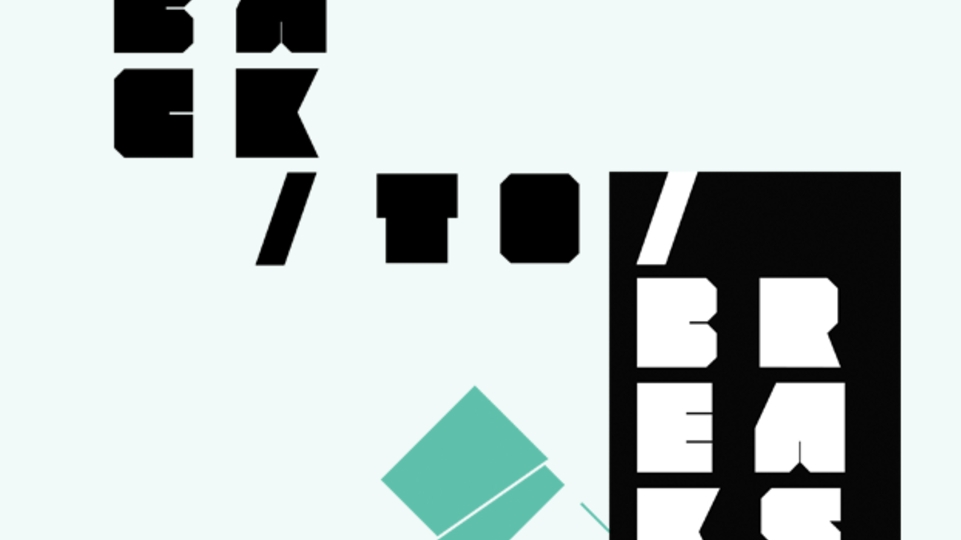
After industrial techno and deep house, it’s perhaps unsurprising that jungle, the early '90s progenitor of drum & bass, which rattled with breakbeats that felt like they could collapse at any moment, should be the latest piece of dance history to be picked over, re-evaluated, and packaged up into new forms. After a decade where minimal techno whirred and clanked its way through every club in the world, and dubstep passed into blaring parody, there’s something about the spinbacks, klaxons, and gunshots causing dancefloor havoc once again that feels long overdue.
For producers like A Sagittariun, breakbeats are the natural reaction to a creative stasis in house and techno, their fizzing hi-hats, and snares that seem treated equally in pitch-shift and nostalgia, starkly opposed to the gloopy, academic techno of labels like Blackest Ever Black, or the creative vacuum of cookie cutter tech house. The Elastic Dreams boss has been a techno producer and label owner since the early '90s, but a couple of years ago he adopted this new, anonymous moniker to explore different sounds, which have been peppered with the breakbeats of early jungle and hardcore. Having experienced rave first-time round, he feels an affinity with its energy even two decades on. It’s something that, for him, “formulaic” techno is missing.
“For me, that early jungle and hardcore sound, it’s rebel music, you know?” he says. "It’s dangerous, it’s raw, it’s from the street. It’s like thrash punk, death metal. It has an energy, an attitude. It’s outsider music and that’s why it’s so enduring, I guess. It’s an uncompromising sound, it’s not constructed to be entry-level music, and it’s always the minority scenes and artforms that have the most cultural effect over time.” He specifically points to “Berghain-inspired dubby techno drum workouts” and deep house, “where the horse has most definitely been flogged”, as driving young producers, like 23-year-old Ed Russell, to explore sounds that are older than they are.
As Tessela, Russell twists samples that were seen as played-out even when he was still in primary school into pulverising new shapes. Records like 'Hackney Parrot', and recent R&S release 'Nancy’s Pantry' dramatically chop and filter jungle’s frenetic rhythms until they’re almost unrecognisable. “There’s something inherently fun about breakbeats,” Russell says, “and the records they’ve been used in, those unashamedly hands-in-the-air old hardcore tracks. It’s completely over-the-top, and quite tongue-in-cheek a lot of the time. It’s almost ridiculous sounding, but it works because of the framework that it’s in.”

REFERENCE, NOT RETRO
Russell’s music is far from a pastiche of those old hardcore records, though. Unlike the much-maligned deep house revival, where young producers are fashioning records that are almost indistinguishable from those made two decades earlier, the 20-somethings behind this brand of breaks-addled techno pride themselves on the distance they put between their music and its source material.
“The thing I spend the most time on is trying to get the drums to sound like more than just a slowed down break,” says Daniel Koehler, whose records on Skudge are undeniably modern techno, but bubbling with rave’s naïve energy. It’s an attempt, he says, to capture the energy of jungle and drum & bass, which enthralled him as a 13-year-old, but he feels disappeared from the scene at the turn of the millennium. “People ask why I don’t make drum & bass. Well, I’m not interested in modern drum & bass,” he laughs. “So if I only wanted to replicate what I heard, I’d just be trying to do what Doc Scott did in 1996. Only a shit version.”
For Koehler, as with Russell, the pressure not to lapse into pastiche makes certain aspects of jungle off-limits. Both agree that the Amen break, for example, is so ubiquitous as to be utterly unplayable. “I’ve sampled a lot of breaks, but that’s the only one I’ve yet to sample,” says Koehler. “I’d have to do something really different with it. I’ve heard a few records recently that use it, and I think it’s a bit lazy.”
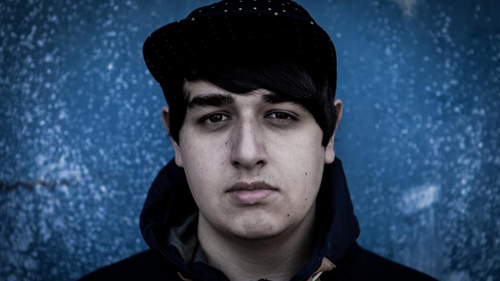
FALSE MEMORIES
But for 21-year-old Etch (Zak Brashill), whose sub-quaking work on Keysound and Soundman Chronicles draws equally heavily from garage and dubstep as it does jungle, even the most hackneyed elements can be reworked. “The sounds that I actually use are quite vague, the standard Jungle Warfare ones like sirens, spinbacks,” he says. “I try to put them in the tune for maybe a split-second, so people are like: ‘Ah, I know that’, but then it’s gone.”
Though Brashill missed out on jungle first time round, the gift of a huge vinyl collection from an uncle when he was a teenager, and accessibility to an almost endless online archive of documentaries and footage of clubs from the early '90s, have placed what’s so often eulogised as dance music’s heyday in direct contrast to nightlife today. Modern clubs don’t compare well. “I hate going out these days,” he admits. “People talk about having epiphanies on dancefloors, and I don’t think I’ve ever had that because I’m not a fan of this house and techno revival, and I get really bored.”
It seems a jaded viewpoint for a 21-year-old, but with dance culture’s oft-parroted refrain of, “It’s not as good as it used to be”, producers like Brashill can’t be blamed for comparing their experience to the mythology, and finding it lacking. Even when they know that the myths aren’t really true. “I say I wish I was about back then,” he smiles, “but it’s probably not as good as I think it was.” For Russell, who discovered jungle as much through YouTube as his brother’s record collection, this semi-fictional version of rave can be even more inspiring than the reality. “I’m always sad that I wasn’t around for it, but it’s almost better to look back on it retrospectively, and be able to paint my own picture.”
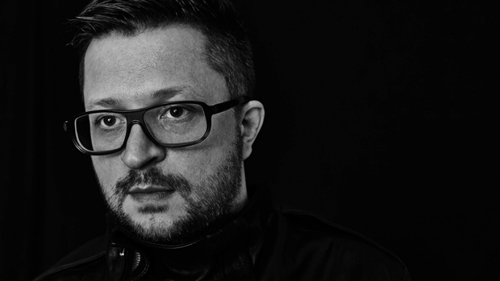
JUNGLE FOOTWORK
Like A Sagittariun, Mark Pritchard did experience jungle the first time round, and is under no illusions as to the scene’s realities. His return to its bumping rhythms on a pair of recent EPs for Warp is due not to nostalgia, but recognition that, for a DJ who’s fallen out of love with increasingly hyperactive dubstep, jungle offers a way to ”up the energy when everyone else is playing really hype shit”. When Pritchard first started reintroducing jungle into his sets four years ago, it also offered him a way to explore his interest in footwork, by tempering a sound that was alien to British crowds with something more recognisable.
“What I really liked about [footwork] was the energy, and the nonconformity to arrangements and drops,” says Pritchard. “It was just mad. The tracks would go all over the place, there was no real specific obvious club structure. And I like that in club music as well. That's what jungle had too. The tracks were very experimental in their arrangement. It wasn't just based around obvious drops to make the crowd go wild.”
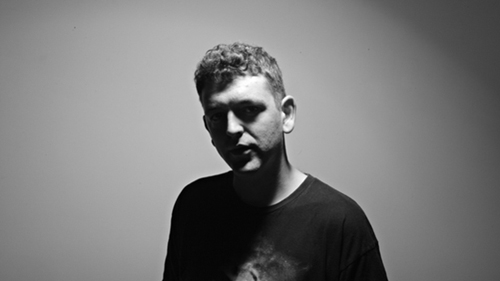
Though footwork’s US proponents were aware of jungle, it wasn’t until it was picked up by UK DJs like Om Unit aka Jim Coles, who’d produced jungle as a teenage Metalheadz fanatic, that the lines between the two were explicitly drawn. Under the name Phillip D Kick, Coles crafted remixes of jungle classics, like Omni Trio’s 'Renegade Snares', that stitched their breakbeats to footwork’s ratcheting 808s, and fashioned something novel from two of dance music’s most common sounds.
As with Russell, Koeler and Brashill, 33-year-old Coles grew up listening to jungle and hardcore, but fell out of love with it in the late '90s when it morphed into increasingly formulaic drum & bass.
“I felt,” he says, “like I’d missed the boat.” So when Goldie, his ears pricked by Coles’ footwork jungle remixes, approached him for an EP on Metalheadz, it felt like “closure” for his teenage self, inspiring him to write music that captured the feeling of teenage years spent listening to jungle tape packs on the school bus, but that didn’t resort to pastiche. “It gave me the impetus to reference those fairly homogenised, very stereotypical Metalheadz vibes, in terms of the breaks,” he explains. “It gave me a sort of carte blanche to see how I could shoehorn that into how I think about music. My style. So it was a merging of how I view the Metalheadz stuff, and how I view myself now.”
But despite the growing interest in breaks, Russell points out that crowds used to straight rhythms can still find hardcore challenging, recalling a gig at a festival in Bologna where, thanks to a series of travel problems, he found himself arriving onstage with only 10 minutes of his set left. “So I go on in a room with 2,000 people in this big warehouse space, and thought: ‘I’ve got three tracks, I’ll play 'Hackney Parrot’,” he recalls. “The whole room just went completely still. No one’s dancing. Everyone’s just looking around going: ‘What the fuck is this?’ And then I tried 'Nancy’s Pantry', and everyone was just like: ‘No. Fuck this’.” He laughs. “So I just clanged in a Levon Vincent record and they started dancing again.”
